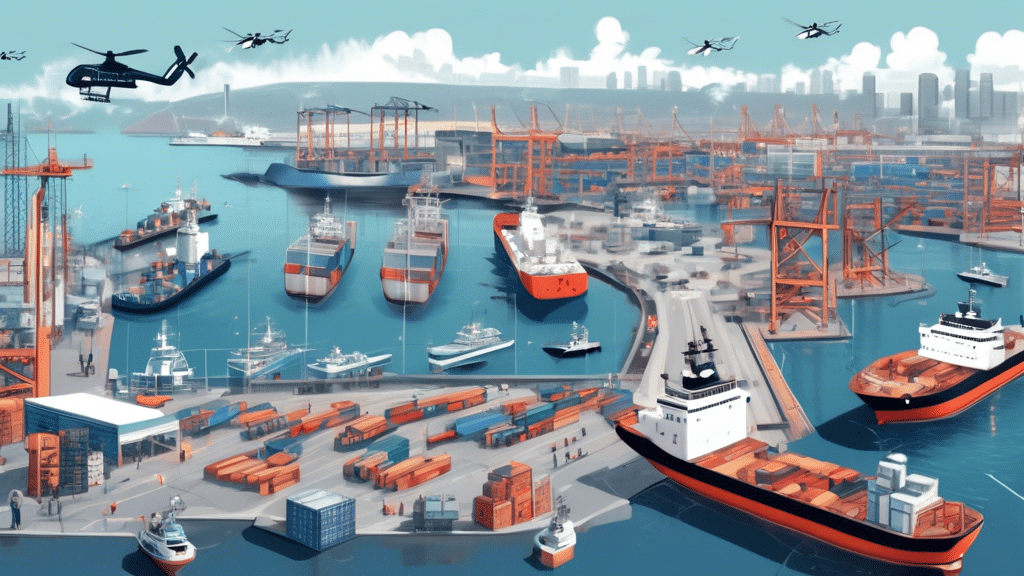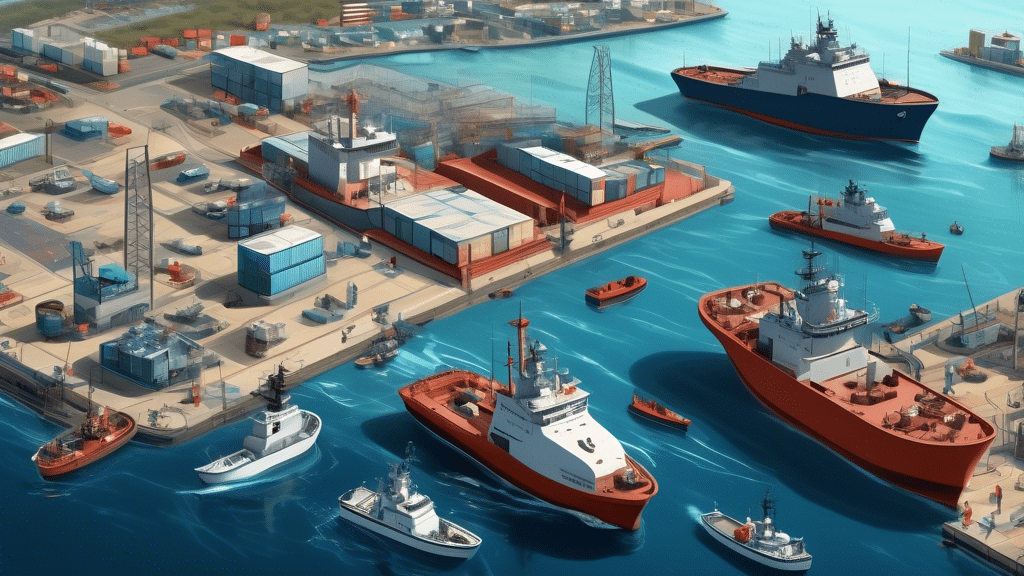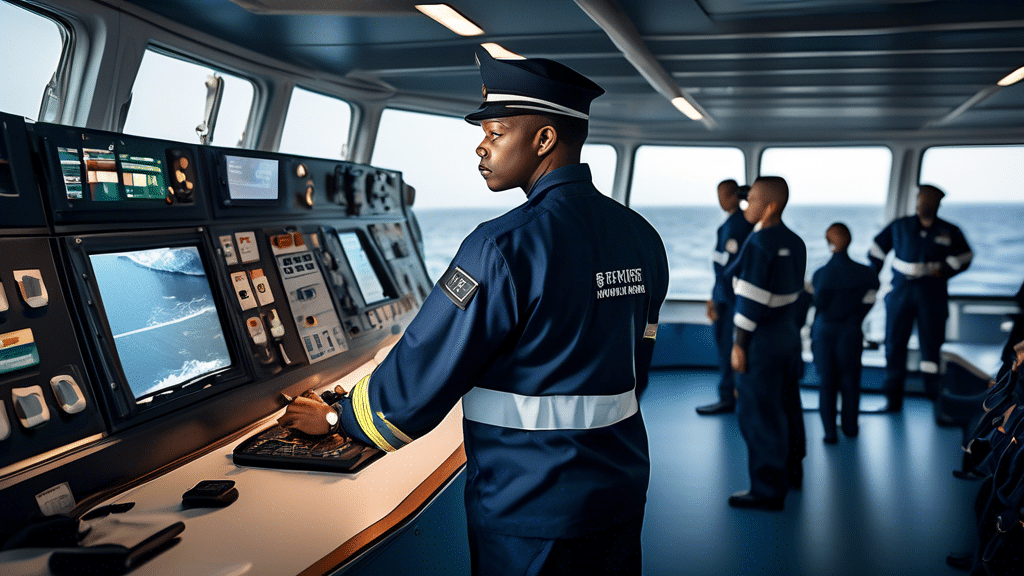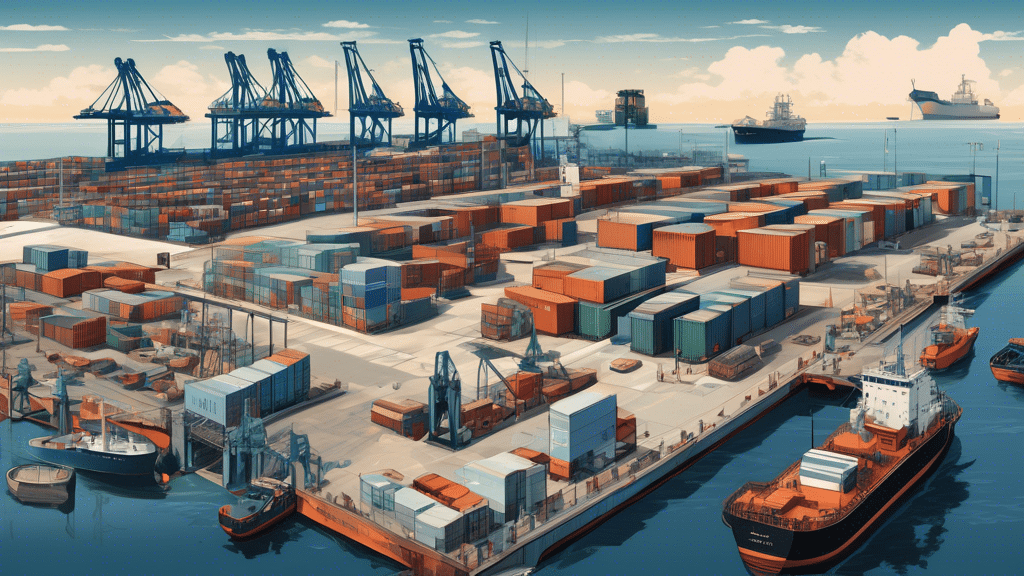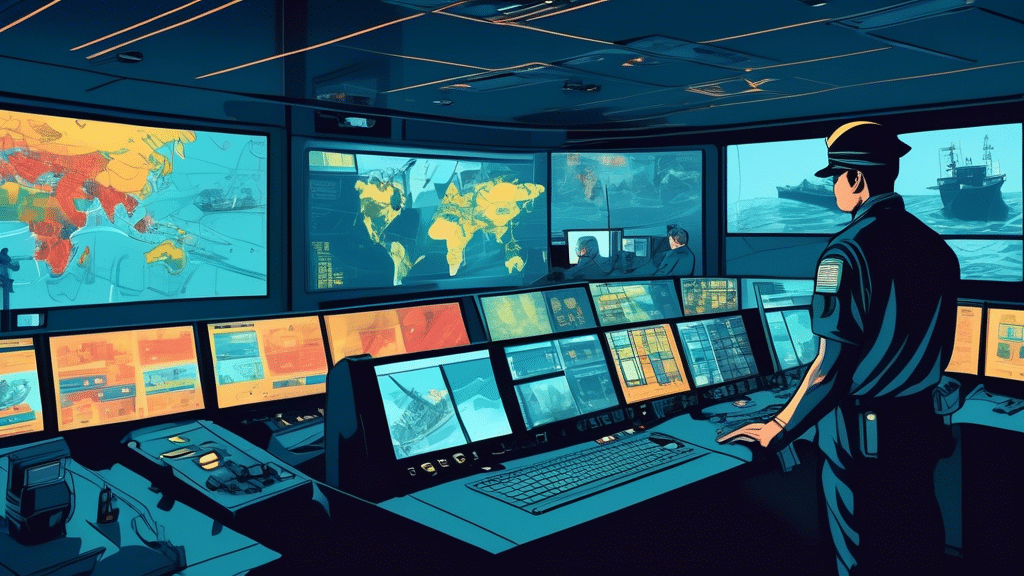In today’s highly interconnected world, organizations face an ever-increasing number of security threats. From cyberattacks to data breaches, the need for an effective response to security incidents has never been more critical. Immediate and appropriate actions can significantly mitigate the damage and ensure the resilience of an organization. This article outlines best practices for responding to security incidents, providing a framework for preparedness, detection, and recovery.
Preparation: Building a Strong Foundation
Effective incident response begins long before an incident occurs. A proactive approach involves setting up a solid foundation of policies, teams, and tools to handle potential threats.
- Incident Response Plan (IRP): Develop a comprehensive IRP that details the steps to take during a security incident. This plan should be regularly updated and tested through simulations and drills.
- Incident Response Team (IRT): Establish a dedicated team of professionals with diverse skills, including IT, legal, and communications. Ensure they are trained and ready to act swiftly.
- Cyber Insurance: Consider investing in cyber insurance to cover potential financial losses and legal fees associated with security incidents.
Detection: Identifying Security Incidents
The early detection of a security incident is crucial for minimizing damage. The quicker an incident is identified, the faster an organization can respond and contain it.
- Advanced Monitoring Tools: Utilize sophisticated tools and technologies to continuously monitor network traffic, user behavior, and system logs.
- Threat Intelligence: Incorporate threat intelligence feeds to stay updated on the latest vulnerabilities and attack vectors.
- User Education: Train employees to recognize potential security threats such as phishing emails and report them promptly.
Containment and Eradication
Once a security incident is detected, the next step is to contain the damage and eradicate the threat. This involves isolating affected systems and removing malicious elements.
- Immediate Containment: Quickly isolate infected systems to prevent the spread of the attack. This might involve disconnecting devices from the network or disabling accounts.
- Root Cause Analysis: Conduct a thorough analysis to determine the source and method of the attack. This helps in removing all traces of the threat and preventing future occurrences.
- Patching and Updates: Apply necessary patches and updates to all systems to close vulnerabilities exploited by the attacker.
Recovery: Restoring Normal Operations
After containment and eradication, the focus shifts to recovery. The goal here is to restore normal operations as quickly and safely as possible.
- System Restoration: Restore systems from clean backups, ensuring that all data is intact and no malicious code remains.
- Infrastructure Assessment: Perform a full assessment of the infrastructure to identify any lingering vulnerabilities or areas needing improvement.
- Communication: Keep all stakeholders, including customers and partners, informed about the incident and steps taken to resolve it.
Post-Incident Review and Continuous Improvement
An essential part of incident response is learning from the experience. Conducting a post-incident review helps identify strengths and weaknesses in the response strategy and promotes continuous improvement.
- Lessons Learned: Document everything about the incident, from detection to recovery. Identify what worked well and what could be improved.
- Policy Update: Update security policies and incident response plans based on insights gathered during the post-incident review.
- Employee Training: Continuously educate employees on the latest threats and update training programs to include lessons learned from the incident.
In conclusion, responding to security incidents effectively requires meticulous preparation, rapid detection, immediate containment, strategic recovery, and a commitment to continuous improvement. By adopting these best practices, organizations can significantly enhance their resilience against security threats and minimize the potential impact of incidents.




